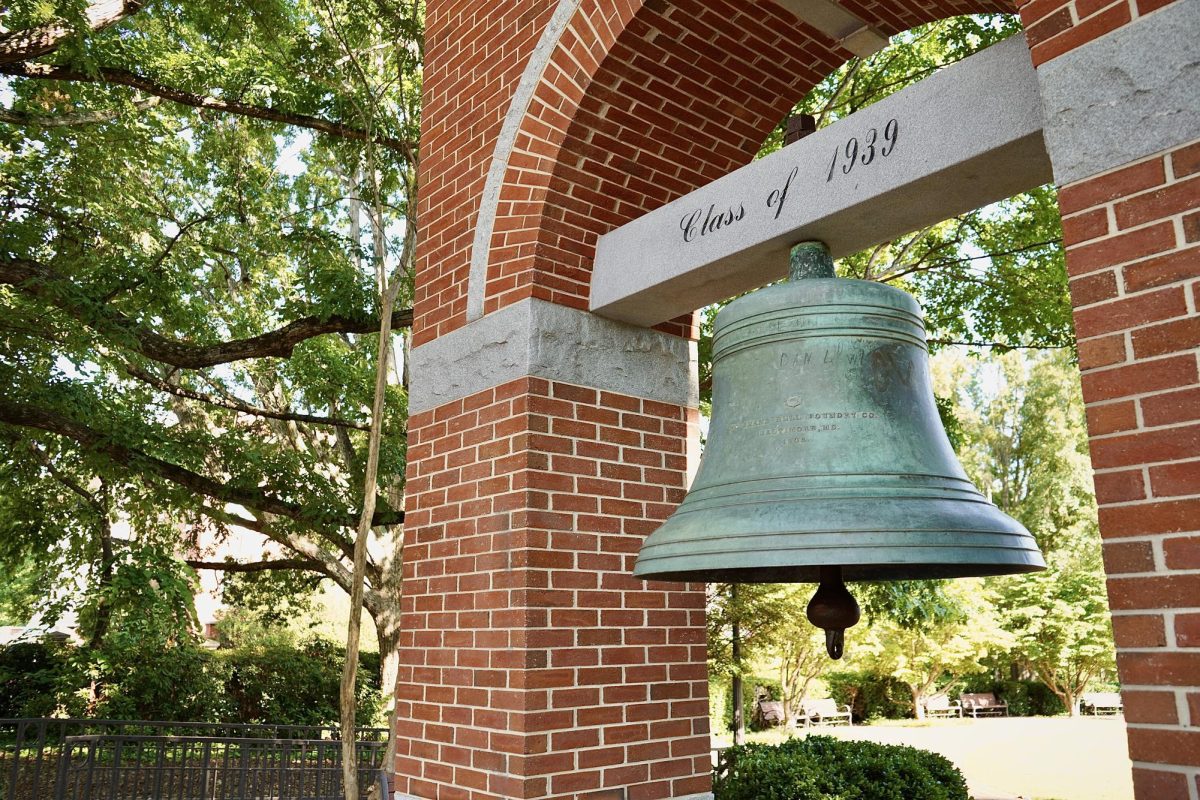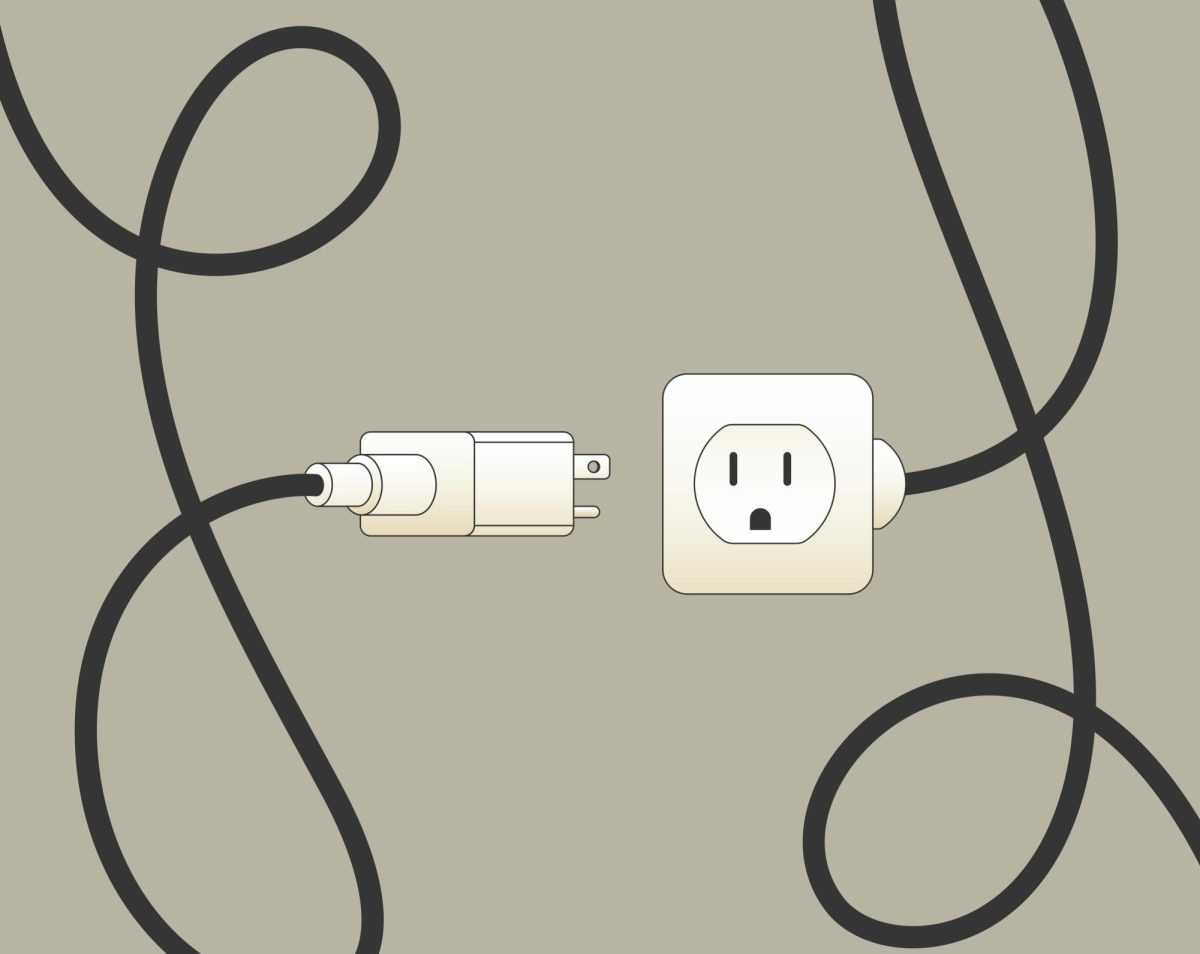Students at Clemson witness much hand-wringing when it comes to sexual victimization. The impression is given that Clemson practices zero tolerance, but it doesn’t. What should true zero tolerance look like? Let’s examine the general and then look at a recent, recorded, specific, alleged occurrence.
In 2017, Clemson University Police reported what they describe as eight “founded” forcible sexual offenses on-campus. There is no clear definition of what is meant by “founded.” What it almost certainly does not take into account is those occurrences where survivors were too scared to report an offense or where not enough independent evidence was available.
“Independent evidence” is a phrase which can be viewed as somewhat toxic. Unless a perpetrator drags a potential victim into a crowded room, how precisely can there be “independent evidence?”
One of the most difficult aspects of sexual victimization is the peculiar nature of the fear surrounding reporting. Partly yes, it is a fear of retaliation (against both survivor and any witnesses), but partly also, it can be a desire not to ruin the remainder of one’s college experience.
Likewise, the revolting process of “due diligence” survivors are required to undergo is difficult, but so is peer pressure. Peer pressure does not just come from guys but also from girlfriends who don’t want women to get a reputation as “prudes” and “spoilsports.” In certain instances, there is not only a cycle of abuse among perpetrators, there is one among survivors, too.
These are matters which need to be considered with sensitivity, care and dignity if one is truly to achieve an environment of genuine zero tolerance of sexual victimization. On this subject, the processes for reporting, acting upon and then treating sexual victimization also require sensitivity and dignity.
Recently, The Tiger Outlook section outlined a number of instances where survivors of sexual victimization and assault described a horrendously intrusive process when reports were made through the Clemson CARE reporting process. Clearly, this process needs to be improved and better funded if zero tolerance is to be a reality and not merely lip service.
As far as funding is concerned, there also needs to be more funding for the counseling services available through Clemson CAPS. At the moment, it is reported that there can be a two-month wait for counseling services. Along with constructing huge new buildings for the College of Business, the Clemson Board of Trustees needs to apportion sufficient funds to properly look after the needs of students, especially bearing in mind it is student fees that contribute $400 million to the annual $800 million operating budget of Clemson University.
Yet is all of this attention to sexual victimization truly necessary? Yes. It does no harm continually to remind students of the statistics that are available on the Clemson web-site and are provided to students in the mandatory CU 1000 classes. It also helps to remember that these are not just statistics; they are people sitting next to us in class.
Some 20 percent of all first-year female students at Clemson reportedly suffer some form of sexual victimization. 3 percent are raped. Let’s break that down. When we sit in an auditorium of 80 students, it is likely that at least two women or men present have been raped. Their perpetrator may well be in the same audience. Think about that. Think about what that is like for the survivors involved.
Let’s also return to the figure given at the beginning of this article. CUPD say there were eight instances of “founded” forcible sex on-campus in 2017. CUPD also state that six of those instances occurred in on-campus residences. If Clemson is truly a zero tolerance university, shouldn’t all students be 100 percent safe in their residences?
The answer is apparently not. Getting specific, a CU Safe Alert sent to all students on Sunday, October 6, reported an alleged sexual assault in a third-floor bathroom of the Cooper Library. In a newscast commenting on that alleged assault, a female student uttered words to the effect that what scared her was that this assault occurred in the Library, “not in a dorm or something.”
What does this phraseology suggest? Should any student at Clemson be in a position where such a statement is considered normal? Is this reflective of a zero tolerance campus? Is it time to re-segregate dorms so that students are safer?
In that same Safe Alert, which has not been rescinded, the alleged assailant was described as wearing a blazer, a button-down shirt and khakis. Is it fair to wonder what sort of campus individual that brings to mind? Is it fair to suggest that either there is a Greek problem on campus, or that Greeks on campus have a problem, since there might be someone disguising themselves as one of them? Is any of this reflective of a zero tolerance campus?
We are told that the Greek community has special training in sexual victimization, and this training is not available to other students. Is it fair to ask if it is working? If it is successful, shouldn’t it be mandatory for all students? In the meantime, what exactly is CU 1000 if it is not at least partially sexual victimization training?
On the subject of CU 1000, why doesn’t this program include a class on basic self-defense? Why isn’t every female on campus offered the opportunity to be given a personal alarm – at the university’s expense? Much, quite rightly, is being said at the moment about the proper resources being made available to survivors after victimization. But doesn’t zero tolerance also involve spending just as much time advocating for action and resources to avoid victimization?
If we truly want Clemson to be zero tolerant, is it fair to suggest that any individual, regardless of their gender or sexual identity, found proven by the proper process to have committed an act of sexual victimization should be subject to mandatory expulsion from Clemson?
If we genuinely want Clemson to be zero tolerant, is it fair to suggest that any individual found proven by the proper process to have engaged in retaliation against or intimidation of an individual who has reported an act of sexual victimization should also be subject to mandatory expulsion from Clemson?
Bottom line: zero tolerance of sexual victimization means entertaining all of the above recommendations and working hard to create a campus where every single student is able to feel safe from predators every single moment they are involved in Clemson life. If no means no, then zero should mean zero.
None of us should be looking to project the responsibility for zero tolerance onto others. “It’s on us” isn’t just a catchy phrase. It means we don’t just blame the university administration or outsiders or some particular group on campus. It means that we take responsibility ourselves.
If we students want sexual victimization at Clemson to stop, then we students need to stop it. We students are responsible for upholding “no,” maintaining “zero,” keeping an eye out, paying attention, reporting where necessary, supporting always and making our campus safe for every one of our fellow students.









